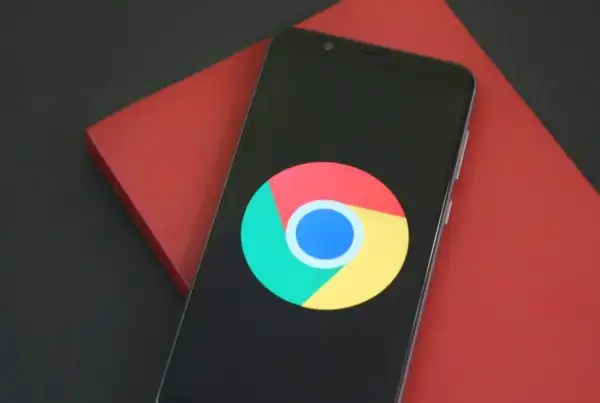Results of a recent eye-tracking study conducted at the Pompeu Fabra University in Barcelona sheds light on interesting user behavior on a universal search results page.
The study, conducted by Mari-Carmen Marcos a professor and Cristina González-Caro a PhD student at the university, classifies search queries into 4 categories:
- Informational – where the user looks for information such as an address or definition of a term
- Navigational – where the user searches for a website or brand instead of typing its URL in the browser
- Transactional – when the user wants to conduct a transaction such as booking a ticket
- Multimedia – where the user searches for a photo or video
58 participants were studied. The subjects were between 18 to 55 years of age. 25 were male and 33 were female.
When searching for information, the users spent 53% of the time on a page looking at snippets, 34% of the time looking at the title and 13% of the time on the URL. These users were found not to be distracted by the presence of images on the search results page.
For navigational search queries, the fixation times were similar to informational queries, with 48% of the time on the page devoted to snippets, 33% to titles and a slightly higher, 15% to the URLs. About 5% of the time was spent on images in these search results.
Most of the attention was centred on the image itself on search results for a multimedia query. 71% of the time on an image search results page was spent looking at the images themselves.
Participants of the study were found to spend much more time looking at sponsored links when the query was of a transactional nature. Nevertheless, the number of looks or fixations on sponsored links was still found to be just 17% versus 82% on the organic results.
56% of the time on the transactional query’s search results page on the whole was spent looking at snippets, 28% on titles and a surprisingly high 20% on the URL. However, when considering just the sponsored links, the amount of time spent on the title was disproportionately much higher, commanding 43% of the time as against 28% for the snippet and 29% for the URL.
For search marketing professionals this means that a lot more attention should be paid to their ad headlines and display URLs.
Interestingly, that the number of actual fixations was found to be much higher for transactional queries (9.8%) than for informational (2.8% ) or navigational (5%) queries.
Sponsored results placed above the organic search results got a lot more attention (79%) than those in the right hand column (21%), which is not surprising.
Read the full eye-tracking study (Spanish PDF 2.28 MB)









